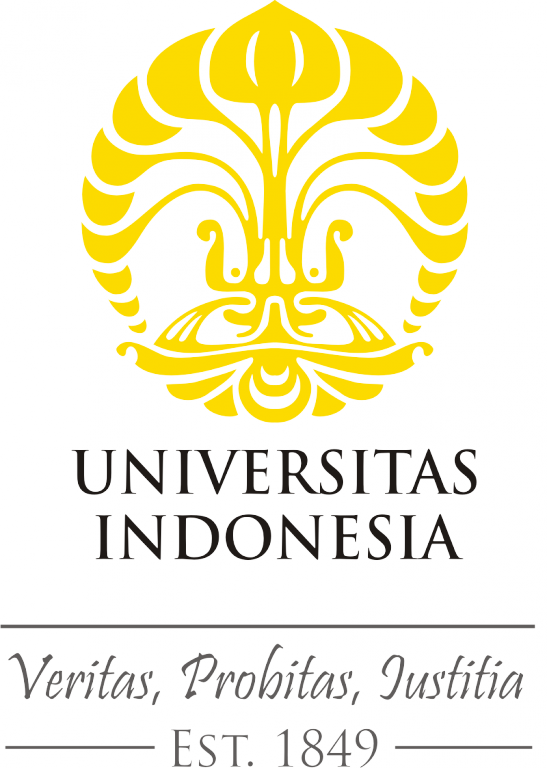Essentials of Statistics for the Behavioral Sciences (MindTap Course List) 10th Edition (INSTRUCTOR'S MANUAL)
Type: Instructor's Manual (Khusus Do


| Call Number | DIS-006 (Softcopy DIS-001) |
| Collection Type | Disertasi |
| Title | Performance of paralel ODE solver using semi-implicit Runge-Kutta method |
| Author | Maria Angela Kartawidjaja; |
| Publisher | Depok: Fakultas Ilmu Komputer UI, 2004 |
| Subject | Parallel ODE Solver |
| Location |
| Nomor Panggil | ID Koleksi | Status |
|---|---|---|
| DIS-006 (Softcopy DIS-001) | TERSEDIA |